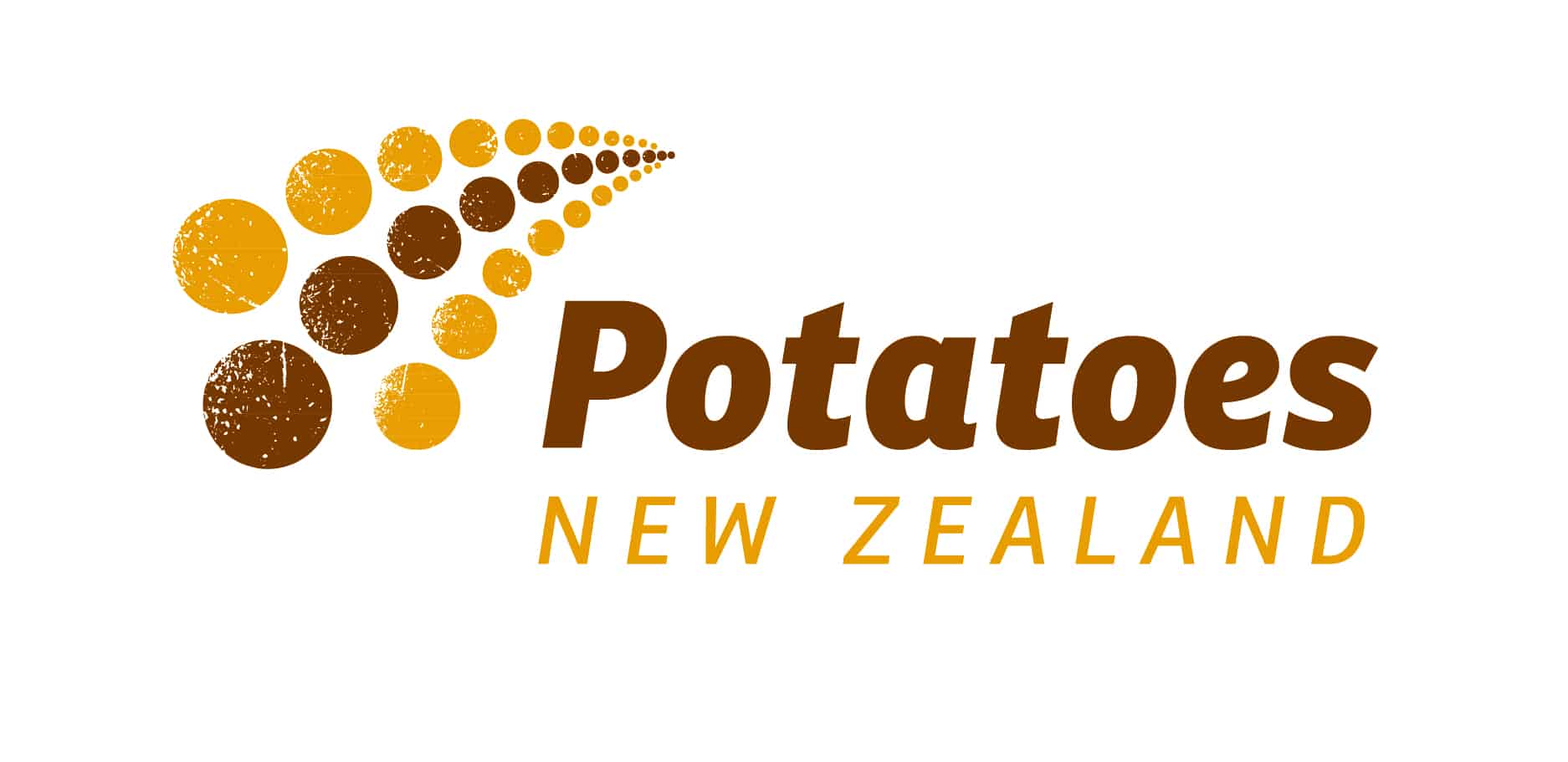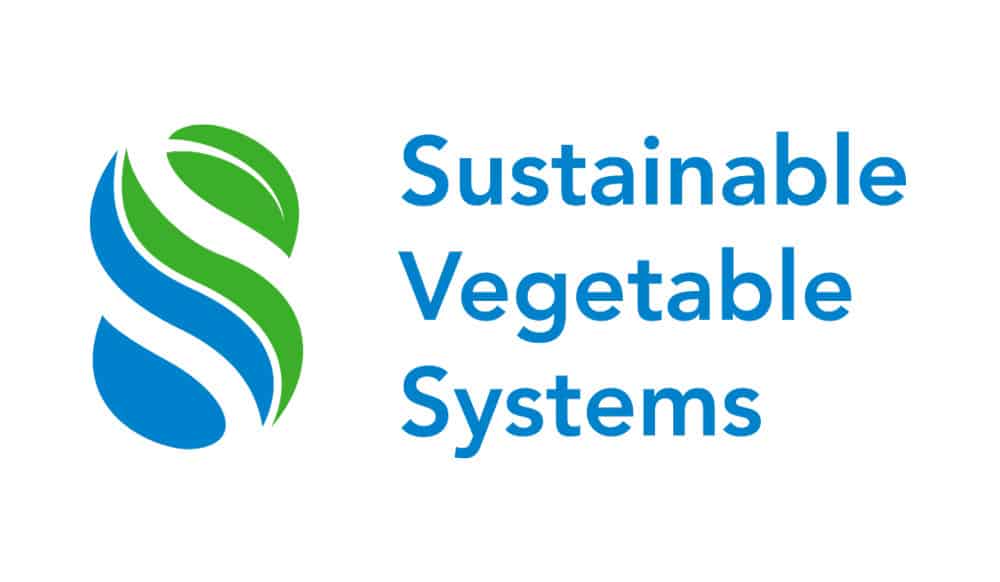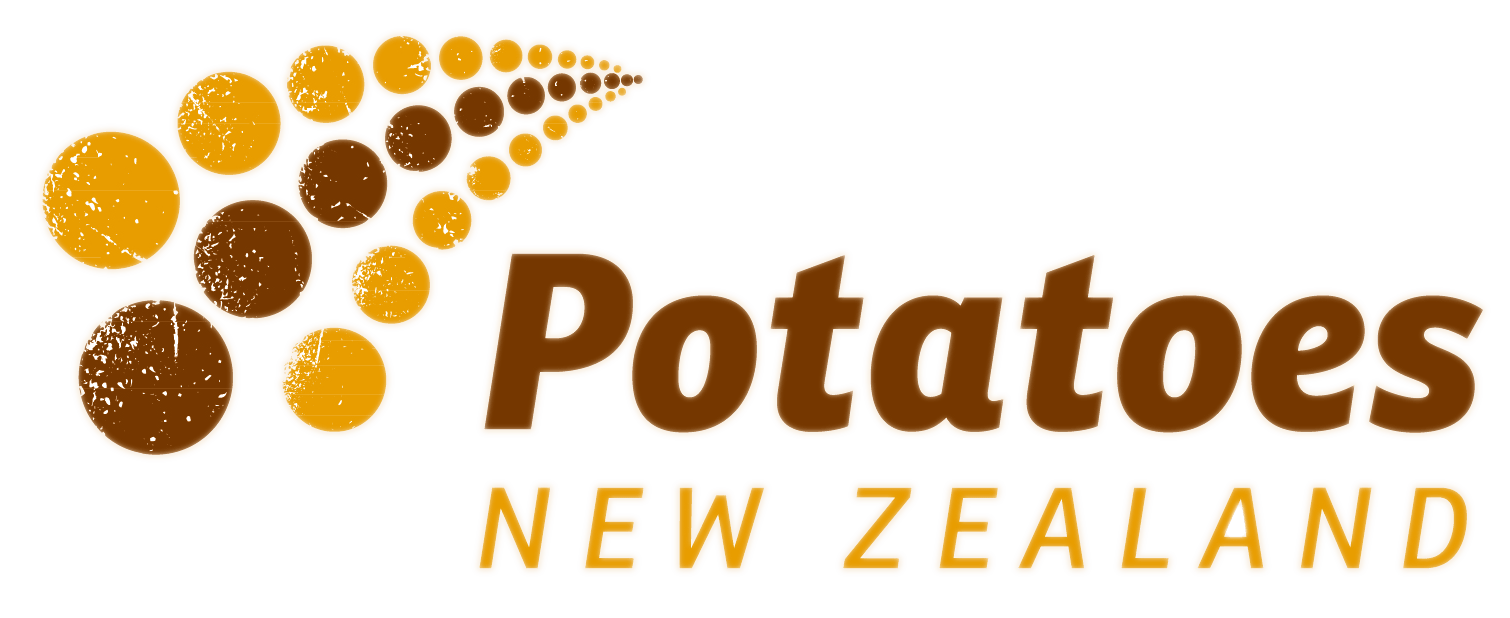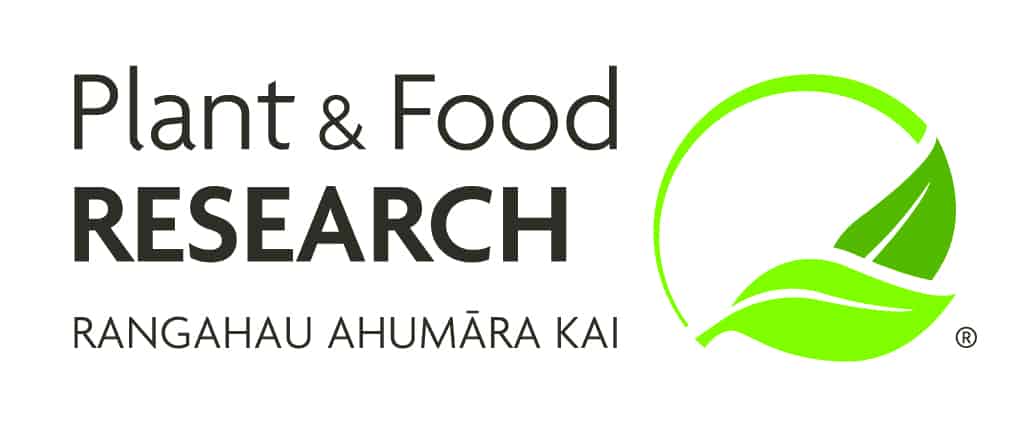Phone: 0800-399-674
-
End to end value creation for potatoes in New Zealand.


| Project Number: | 1314 |
| Project Name: | PNZ 13 & PNZ 14 Rootzone reality and fluxmeter 2018 |
| Project Status: | Completed |
| Update Date: | 31st July 2017 |
| Update Summary: |
Added
This project will provide much needed field measurements of N leaching losses on commercial 2. Fluxmeter A newly established network of drainage fluxmeters on arable and vegetable farms provides an opportunity to measure diffuse nutrient losses and collect information about the crop rotation and farm management practices. This detailed, unique dataset will have increasing value for farmers and scientists as data is collected over time. Activity and output Final reports available upon request |
| Funder: |
| Project Number: | 92 |
| Project Name: | Potato Tuber Moth Trapping Programme |
| Project Status: | Current |
| Update Date: | 15th November 2022 |
| Update Summary: |
Started in October 2022, this trapping and monitoring activity is managed by Daniel Sutton of Fruitfed and weekly reports are posted on the PNZ website as well as texted to Pukekohe growers.All PTM reports are here |
| Funder: |
| Project Number: | 91 |
| Project Name: | Crop Residues Project |
| Project Status: | Current |
| Update Date: | 8th November 2022 |
| Update Summary: |
Currently a literature review of the breakdown of crop residues to PMN and Mineral N carried out by Plant and Food Research in collaboration with FAR. May develop into an R+D project investigating residues breakdown. This will be folded into SVS/phase 2: Mitigation Strategies TBC |
| Funder: |
| Project Number: | 90 |
| Project Name: | PNZ-90 Potato Tuber moth chemical control Phase 2 |
| Project Status: | Current |
| Update Date: | 10th November 2022 |
| Update Summary: |
Objectives:
Outcomes: A effective spray program to control Potato Tuber Moth adopted by the industry |
| Funder: |
| Project Number: | 89 |
| Project Name: | Gross Margins Project |
| Project Status: | Current |
| Update Date: | 1st January 1970 |
| Update Summary: |
An annual activity at Lincoln University to communicate potato industry gross margins via the university’s Enterprise Analysis booklet. PNZ aim to expand the work with Lincoln, to include benchmarking for seed/fresh/process sectors in NZ. |
| Funder: |
| Project Number: | 85 |
| Project Name: | N Mineralisation Project |
| Project Status: | Completed |
| Update Date: | 9th December 2021 |
| Update Summary: |
Predicting in-field soil N mineralisation to improve N fertiliser Background FINAL REPORT 22162-C – Mike Beare – Mineralisable nitrogen to improve on-farm nitrogen FINAL |
| Funder: |
| Project Number: | 84 |
| Project Name: | Canterbury Potato Liberibacter Initiative (CPLI) |
| Project Status: | Current |
| Update Date: | 17th October 2021 |
| Update Summary: |
Project Overview Canterbury Potato Liberibacter Initiative (CPLI), is a project created and funded by a committee of Canterbury growers and processors, with in-kind support from Potatoes New Zealand. CPLI was formed in August 2021 by like-minded farmers and industry representatives to combat the devastating impact of the Liberibacter (Lso) bacterium which causes Zebra-chip in potato crops. The issue is very clear and although the control measures and agronomy of Tomato Potato Psyllid (TPP) has made improvements, the incidence of Zebra Chip in the processing crop has increased and detection levels in potato fields have remained high. It’s clear that current strategies and chemical programs are not solving or reducing the Zebra-chip impact for growers, seed growers and processors. The CPLI committee all agree there is a major knowledge gap with Lso. Although TPP is the carrier of Lso, Lso is affecting the quality of our potato crop. Download our CPLI programme roadmap CPLI Programme summary 11 projects PNZ-84 CPLI-1 Contact resistance COMPLETED CPLI-1 Contact Insecticide March 2022 FINAL PNZ-84 CPLI-2 Systemic Resistance COMPLETED Report available upon request only. PNZ-84 CPLI-4 Systemic acquired resistance COMPLETED Report available upon request only. PNZ-84 CPLI-5 TPP Lure & traps PNZ-84 CPLI-6 Calcium propionate PNZ-84 CPLI-7 Border plantings PNZ-84 CPLI-8 Bioassay COMPLETED FINAL REPORT Honours dissertation 2022_Liberibacter_Charan PNZ-84 CPLI-9 Spray Technology Review PNZ-84 CPLI-10 Tolerant Varieties PNZ-84 CPLI-11 Levity Cropscience product trial Read more about the projects in the latest newsletter below. Communications
CPLI June 2022 Presentation from Lincoln Researcher Bioassay Charan Sivakumar-compressed CPLI June 2022 Presentation from Lincoln Researcher TPP IPM – Koay Ping Ying CPLI June 2022 Presentation from Lincoln Researcher TPP Host plants – Clive Kaiser CPLI June 2022 Presentation from Lincoln Researcher Lure attractants – Kate Braidwood CPLI June 2022 Presentation from Lincoln Researcher Biocontrol Agents – Emiliano Veronesi
CPLI Newsletter No.4 CPLI Newsletter No.4 Dec-2022 CPLI Newsletter No.3 FINAL CPLI Newsletter No. 3 Mar-2022 CPLI Newsletter No.2 CPLI Newsletter No.2 Dec-2021 CPLI Newsletter No.1 CPLI Newsletter No.1 Oct-2021 Click here to view CPLI Degree Day Graphs. Images from PFR
|
| Funder: | CPLI. |
| Project Number: | 83 |
| Project Name: | Potato Tuber Moth Programme – Phase 1 |
| Project Status: | Completed |
| Update Date: | 19th November 2020 |
| Update Summary: |
Lead Organisation: Potatoes NZ Potato Tuber Moth has become the predominant insect pest species in the Pukekohe growing region, causing significant financial losses for growers in the region. As a consequence, Potatoes New Zealand initiated a research programme (PNZ-85) designed to better manage the pest. Updates: November 2022 Phase 1 Testing currently used agri-chemicals to control PTM for resistance (laboratory trial conducted by Plant and Food) completed. Phase 2 Starting November 2022 field trail investigating a range of new chemicals for PTM control carried out by Staphyt in Pukekohe. All 2022 weekly PTM monitoring charts are here 26th May 2022 Industry engagement to drive the project. Field and shed walks with the PNZ team, agronomists and researchers on 30th June 2022, followed by PTM research programme discussion at the meeting on the 1st July. 3rd February 2021 Potato Tuber Moth Sprays 9th September 2020 IPM Technologies Potato tuber moth literature review |
| Funder: |
| Project Number: | 82 |
| Project Name: | The Potato Calculator |
| Project Status: | Completed |
| Update Date: | 6th July 2015 |
| Update Summary: |
Lead Organisation: Potatoes NZ Potato Tuber Moth has become the predominant insect pest species in the Pukekohe growing region, causing significant financial losses for growers in the region. As a consequence, Potatoes New Zealand initiated a research programme (PNZ-85) designed to better manage the pest. Updates: November 2022 Phase 1 Testing currently used agri-chemicals to control PTM for resistance (laboratory trial conducted by Plant and Food) completed. Phase 2 Starting November 2022 field trail investigating a range of new chemicals for PTM control carried out by Staphyt in Pukekohe. All 2022 weekly PTM monitoring charts are here 26th May 2022 Industry engagement to drive the project. Field and shed walks with the PNZ team, agronomists and researchers on 30th June 2022, followed by PTM research programme discussion at the meeting on the 1st July. 3rd February 2021 Potato Tuber Moth Sprays 9th September 2020 IPM Technologies Potato tuber moth literature review |
| Funder: |
| Project Number: | 80 |
| Project Name: | Powdery Scab Project |
| Project Status: | Current |
| Update Date: | 20th March 2023 |
| Update Summary: |
PNZ are collaborating on a University of Tasmania programme aimed at managing powdery scab in potato crops. Previous PFR research on Powdery Scab (2017-2020) can be found here Hort Innovation | Exploring Spongospora suppressive soils in potato production (PT16002) (horticulture.com.au) Work Package 1: “Germinate to Exterminate” or “Speed to Recede” Look at the relative efficacy of different materials and mixes – looking for optimum in terms of a) performance (inoculum reduction and compatibility with production) and b) relative cost of treatment.
Work Package 2: “Diffuse to Confuse” Disperse chemotaxis attractant compounds in pathogen infested soil whilst we are growing the potato crop. Lab, glasshouse and field testing.
Work package 3: “Fungicide booster” In furrow application of fluazinam is currently registered for powdery scab control in New Zealand. The level of control is however limited. Proposing to test whether we can improve efficacy of in furrow fungicide treatments by the addition of a sporosori germination stimulant to the fungicide. Glasshouse and field testing.
Additional work package TBC: “Root booster” Mycorrhizal inoculants for improved nutrient use efficiency and disease mitigation (PhD project) |
| Funder: |

| Project Number: | 79 |
| Project Name: | Sustainable Vegetables Systems Programme |
| Project Status: | Current |
| Update Date: | 31st March 2023 |
| Update Summary: |
Overview:
We anticipate the outcome will be a greater understanding of how much nitrate and nutrients potatoes and other vegetables take-up and how much they possibly leach, whilst also clarifying the most effective means of measuring this. SVS short videos are on the PNZ Youtube Channel here July 2022 FOLKL-SVS-Deeper Dive Focus Groups March 2022 PFR Social Science Report SVS June 2021 FOLKL-SVS-Grower Baseline Report March 2021 PFR 20405 – Short summary of SVS literature review March 2021 Milestone Reports from Plant and Food Research (PFR) and from SVS project leader Andrew Barber: Quarter 1 Report (3rd year) PFR SVS Sept 2022 Quarter 1 Report (3rd year) SVS Sept 2022 Quarter 4 Report (2nd year) SVS Jun 2022 Quarter 3 Report (2nd year) SVS Mar 2022 Quarter 2 report (2nd year) PFR SVS Oct – Dec 2021 Quarter 2 Report (2nd year) SVS Dec 2021 Quarter 1 Report (2nd year) PFR SVS Sept 2021 Quarter 1 Report (2nd year) SVS Sept 2021 2021 Quarter 4 Report PFR SVS April-June 2020-21 Quarter 4 Report SVS Apr-Jun Exec Summary from 2021 Annual Report PFR SVS FINAL 2020-21 Quarter 3 Report SVS Jan-Mar 2020 Quarter 2 Report PFR SVS Oct-Dec 2020-21 Quarter 2 Report SVS Oct-Dec 2020 Quarter 1 Report PFR SVS July-Aug 2020-21 Quarter 1 Report SVS Jul-Aug Background info: |
| Funder: |
| Project Number: | 78 |
| Project Name: | AgChem Strategy Project |
| Project Status: | Ongoing program BAU |
| Update Date: | 1st July 2019 |
| Update Summary: |
Lead Organisation Market Access Solutions Project Leader Rebecca Fisher Since 2015 this programme to develop a vegetable industry agrichemical strategy has been coordinated by Market Access Solutionz. This is an annual activity for the vegetable sector, incl. agrichemical tick sheets, crop profiles, identify alternatives for known high priority control gaps, NZGAP residue non-compliance, EPA and MPI engagement Milestones On schedule |
| Funder: |
| Project Number: | 77 |
| Project Name: | GI Impact of Potato Varieties |
| Project Status: | Completed |
| Update Date: | 11th September 2019 |
| Update Summary: |
PNZ 77 Glycaemic impact (GI) of potato varieties Lead Organisation Plant and Food, Massey. Marian McKenzie Objective – Previous work by members of the PFR team in collaboration with Simon Ballance (Norwegian Department of Agriculture) has shown that potato consumed in a whole meal context produces a glycaemic response similar to that of other carbohydrate staples, rice and pasta. A clinical trial expanding this finding in the context of a New Zealand style convenience meal, containing a beef/lamb or a plant-based protein source alongside vegetables, is planned for this year. |
| Funder: | Plant and Food Research |
| Project Number: | 76 |
| Project Name: | Identification of Potato Metabolites with potential high value |
| Project Status: | Completed |
| Update Date: | 11th September 2019 |
| Update Summary: |
Project Lead – Marian McKenzie Plant and Food, Massey Objective – Kukoamines are found in potatoes and previous research has suggested that these compounds are anti-hypertensive (i.e. can reduce high blood pressure) in mammals. This was identified as a prospective target for the potato industry, following their interest in extraction/utilisation of valuable molecules from potatoes. The earliest paper in which this was reported provides no methods or data so PFR’s aim was to confirm the bioactivity of these compounds. Update – A trial in which hypertensive rats were fed synthetic kukoamine has provided no evidence to support the claim that these compounds are anti-hypertensive; these results will be published and this line of enquiry will not be pursued further. |
| Funder: |
| Project Number: | 75 |
| Project Name: | Consumer Desired Flavour |
| Project Status: | Completed |
| Update Date: | 1st July 2019 |
| Update Summary: |
Lead Organisation Project leader – Marian McKenzie PNZ 75 Consumer desired flavour Objective – Potato cultivars are yet to be marketed on the basis of flavour, with potato flavour generally considered ‘bland’ compared with other vegetables and fruit. This year PFR focused on comparing volatile (aroma) and non-volatile (taste) compounds from the 12 potato cultivars used in a 120-person consumer sensory trial to determine which are the most important in contributing to consumer preferences in potato flavour. Previous similar research by other groups has reported that non-volatile compounds are important in potato flavour, particularly umami compounds. Update – Our results show that while cultivars described by consumers as sweet or savoury tended to be well liked, the non-volatile compounds themselves were not good predictors of which potatoes were liked by consumers. In contrast volatile compounds were very good predictors of flavour acceptability. |
| Funder: | Plant and Food Research |
| Project Number: | 74 |
| Project Name: | PMTV Literature Review |
| Project Status: | Completed |
| Update Date: | 31st July 2019 |
| Update Summary: |
Completed Final Report PMTV Review Final Report A PNZ survey of potato crops for the presence of Potato Mop Top Virus, in response and as part of ongoing management, due to biosecurity incursion September 2018. |
| Funder: |
| Project Number: | 73 |
| Project Name: | Soil Erosion and Phosphate Dashboard |
| Project Status: | Completed |
| Update Date: | 1st July 2019 |
| Update Summary: |
Completed: Final Reports DMTW App Improvement Project – Final Report App is available on the VRI website here https://www.vri.org.nz/esc/ Lead Organisation Agrilink Project leader Andrew Barber |
| Funder: |
| Project Number: | 72 |
| Project Name: | Day Degree Graphs |
| Project Status: | Completed |
| Update Date: | 1st July 2019 |
| Update Summary: |
Lead Organisation Plant and Food Research Objective – For four years now PFR have provided regional degree day graphs to Potatoes NZ for the Matamata, Manawatu, Mid Canterbury, South Canterbury and Pukekohe growing areas. These graphs indicate the number of potential generations of TPP from 1 July. In the graphs, the current year tracks against a historic warm and cold year for that region, which growers use to assess the possible extent of the TPP problem in their crops this season. Update – Graphs are sent to Potatoes NZ on a weekly basis (a Monday) by PFR Project Leader Entomology. Start of providing the graphs is negotiated with PNZ Project Leader. Last graphs are submitted on 6 May 2019. See graphs here https://potatoesnz.co.nz/research-and-development/degree-day-monitoring/ Milestones On schedule |
| Funder: |
| Project Number: | 69 |
| Project Name: | Reduced Spray Program – Canterbury Psyllid Management Trials |
| Project Status: | Completed |
| Update Date: | 1st July 2019 |
| Update Summary: |
Completed: Final Report available on request Lead Organisation Plant and Food Research Lincoln Project leader Jessica Dohmen-Vereijssen Objective – This trial was designed to test a future-proof insecticide programme and further develop reduced insecticide programmes for the management of tomato potato. This study aimed to 1. Develop a future-proof reduced insecticide programme for TPP management for potato growers in Canterbury, and 2. Further develop reduced insecticide programmes using Degree Day (DD) accumulation and agricultural oils in a standard Canterbury insecticide programme. Milestones – The first TPP adults were trapped on yellow sticky traps on 6 December 2018, only 8–10 days after 100% crop emergence. On plants, TPP eggs, and small and medium nymphs were found at the first assessment date on 17 December 2018. Counts for all TPP life stages varied between the treatments but this was primarily because of the higher counts for the unsprayed Control treatment than for other treatments, plus the absence of all nymph classes for the standard Canterbury insecticide programme (SE). Overall, neither marketable weights nor numbers varied significantly among the treatments, and neither did unmarketable weights or numbers. Mean ZC score did not vary significantly with treatment at harvest and was highest for the unsprayed Control treatment and lowest for the future proof insecticide programme (F). Overall, ZC incidence did not vary significantly between treatments, and neither did the percentage of crisps with slight and medium ZC discolouration. However, the highest percentage of crisps with slight and medium ZC discolouration were for the unsprayed Control treatment, and the lowest for treatment F. The relative profit for each treatment with penalties over ZC scores higher than 2 varied from 70.9 for C to 103.5% for F, when SE ‘profit’ was set at 100%, a similar trend was observed for ZC>4. The 3.5% increase in profit for F compared to SE comes mainly from a low percentage of tubers with ZC, as the yield was lower than for SE. The option of no TPP management did not pay off in this trial this year, with the lowest yields and the highest ZC percentage, resulting in the lowest relative profit. In contrast to this study, in previous trials, alternation with Excel® oil from emergence was the best treatment. In this trial, with a different base insecticide programme, the alternating with Excel oil from either emergence (treatment AE) or 716 DD (treatment AD) produced little benefit, with an AD being slightly worse than AE insecticide programme. It was interesting to note that the 716 DD (reached on 28 December 2018) did not coincide with 3 TPP per trap per week (reached between 8 and 10 December), where normally for the South Island these two variables vary by 2–13 days. Using the adjusted African boxthorn degree days (600 instead of 716DD), which was reached 9 December 2018, would have been closer to the trap threshold. Applying treatment AD 2–3 weeks earlier may have made a difference to the performance of this insecticide programme. It is suggested to repeat the insecticide programmes for at least another one to two seasons to obtain a good feel for the effectiveness of these programmes and their resilience, and adjust where needed. In addition, a future-proof insecticide programme using either a trap or DD threshold, or including alternation with an agricultural oil would be a logical next step to make TPP management more sustainable. Our 2019 field walks booklet outlined this work succinctly. |
| Funder: |
| Project Number: | 67 |
| Project Name: | Remote Sensor Nutrient Management Trials |
| Project Status: | Completed |
| Update Date: | 1st July 2019 |
| Update Summary: |
Lead Organisation PNZ Project leader Chris Claridge Objective – The project was sponsored by Overseer Limited, the Foundation for Arable Research (FAR) and the Vegetable Research and Innovation Board (represented by Horticulture New Zealand). The project was undertaken by the New Zealand Institute for Plant & Food Research Limited (PFR). The assessment was done by comparing OVERSEER estimates with estimates generated by a modified version of the Agricultural Production Systems sIMulator (SCRUM-APSIM). Project completed – Final report received – While some results align, the final report identifies differences in the two data sets, suggesting OVERSEER is not behaving as expected for all crops. The reason for these differences cannot be clearly identified using whole model outputs. Further investigation is needed to pinpoint the changes required for OVERSEER REPORT AVAILABLE UPON REQUEST |
| Funder: |

